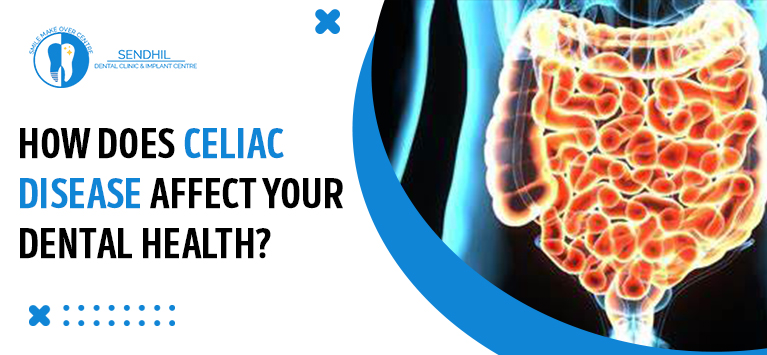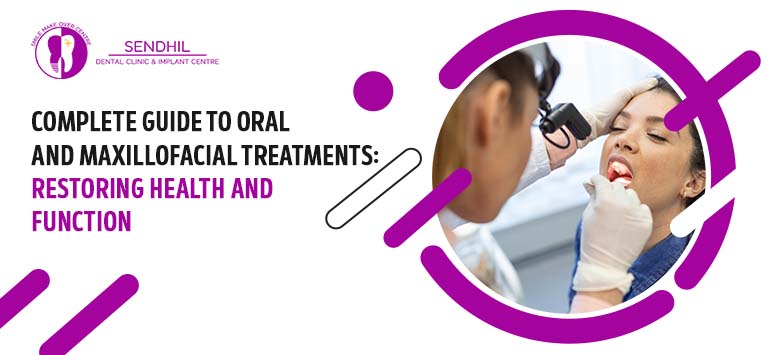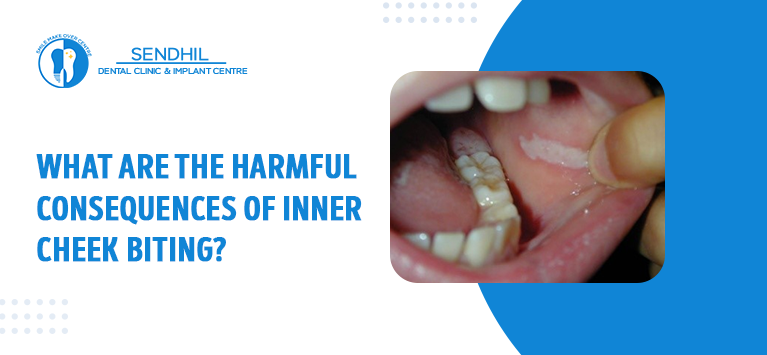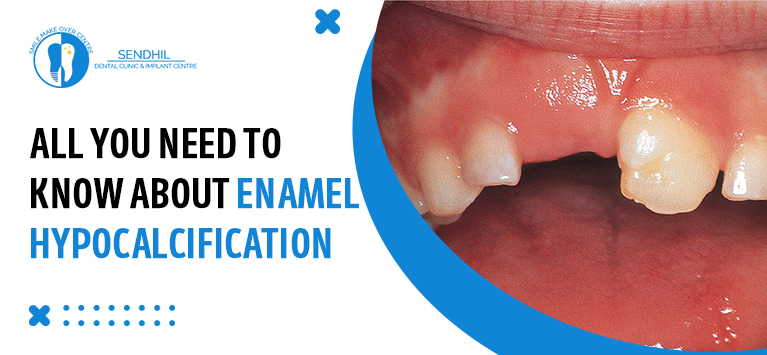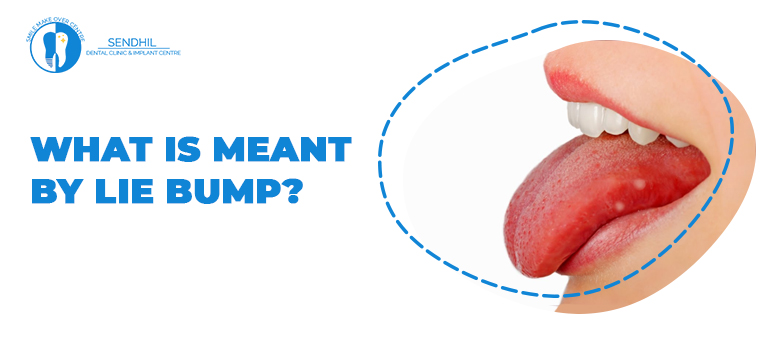
Will telling lies provoke “lie” bumps on the tongue?
Transient Lingual Papillitis (Lie bump) is a harmless, inflammatory condition that affects the fungiform papillae on the tongue. Fungiform papillae are raised lingual structures present on the tongue surfaces and contain taste buds, temperature receptors. When it gets irritated with allergies, or infections, transient lingual papillitis will occur.
It is called “lie” bumps because many people believe that the pimple-like bumps on the tongue will happen if we tell lies.
Table of Contents
What are the possible causes of lie bumps?
Tongue bumps occur due to a variety of reasons whereas the exact cause of lie bumps is not known. However, dentists believe the following factors trigger the swollen bumps on the tongue:
- Tongue injuries
- Virus infection, such as oral herpes
- Acidic foods
- Food Allergies
- Gastrointestinal diseases
- Stress
What are the signs of lie bumps?
Lie bumps are classified into 3 forms and each one shows different signs. Take a look:
1) Classic form – This is the common type of lie bumps and around 50% of the population would develop it. It exhibits mild painful whitish or reddish spots but goes on its own within 1 or 2 days. In certain cases, it exists for weeks or even months. Mostly, the classical form of lie bumps occurs on the tongue tip.
2) Papulokeratoic form – The papulokeratoic form of Lingual Papillitis is identified with multiple white spots along with tiny bumps over the tongue. Similar to classic form, it also comes and disappears on its own.
3) Eruptive form – It can be called eruptive lingual papillitis. People with eruptive form have various difficulties like inflammation in the tongue, burning or tingling sensation on the tongue, pain in the tongue while eating and drinking along with the bumps. This requires immediate dental care because it is a systemic illness and has serious aftereffects like lymph gland enlargement.
How do dentists diagnose lingual papillitis?
By looking at the bumps, and other accompanied things (if exist), dentists can identify the lie bump’s clinical form.
In certain cases, diagnosing lingual papillitis with its typical presentation is not possible if any clinical conditions or viral infections are responsible for the bumps. Hence, dentists remove a small piece of the tongue’s mucous membrane and examine it to identify the underlying cause of lie bumps. This method is called Mucosal biopsy.
How can we treat lie bumps?
As we have seen earlier, lingual papillitis is harmless and lasts for a few days. Exceptional are the cases, it persists and mandates clinical solutions. Generally, dental doctors prescribe Over the Counter (OTC) medications to lessen the discomforts and fasten healing.
Meanwhile, you can take advantage of the following home remedies to get rid of lie bumps:
- Take cold fluids
- Gargle with lukewarm saltwater
- Avoid spicy foods
- Consume soothing foods like curd rice
- Antiseptic mouthwashes
Bottom line
Transient Lingual Papillitis is inevitable and recurrent at times. Don’t worry. it is harmless in many cases and subsides on its own in a short duration. If you find it is annoying or exists for a while, consults your dentist because the bumps might be instigated by virus infections or bodily disorders.



